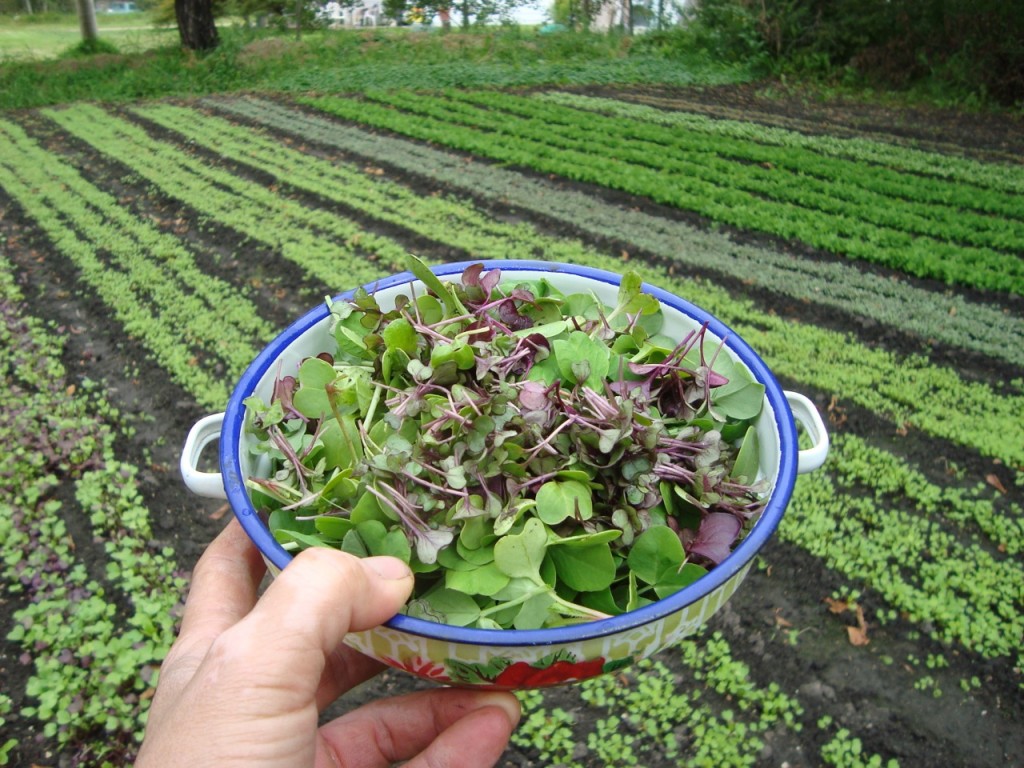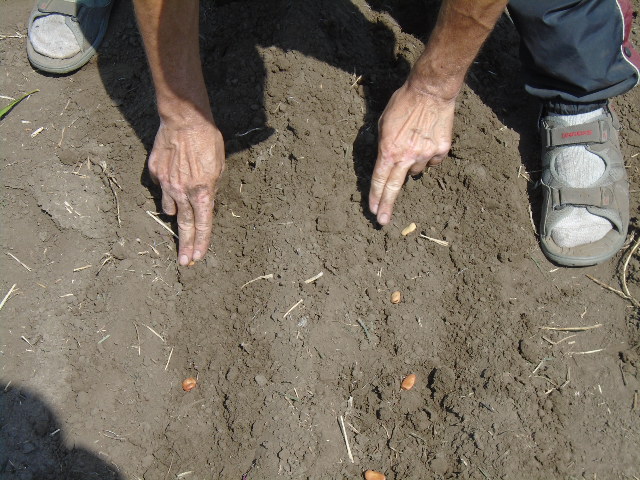Courtesy of Wally S., Wally’s Urban Market Garden, Saskatoon SK
In planning discussions the question frequently comes up, “If you want to make money, why not just grow the highest value crops?” It’s easy to go through SPIN 2.0 Crop profiles and pull them out – rainbow carrots, garlic, microgreens, onions, shallots. Specialized operations can work – for a while. But farming is never steady state. What works one year can’t be counted on to work the next.
The wheels of commerce are greased by trends, which are inherently short-lived. Consumer tastes and the competitive landscape are changing much more rapidly than they used to. A hot trend like micros attracts a lot of new suppliers, and then the market becomes saturated. If succeeding in business were as easy as just selling what’s most expensive, we’d all be as rich as Donald Trump.
Then there are the environmental concerns. Unanticipated weed pressure or dry conditions can make the growing of some higher value crops tricky. Disease and insects are also a risk. If all your business is dependent on one or just a few crops, and you have crop failures, just ask the Big Ag farmers how that goes. Boom and bust.
I’ve always followed the “steady Eddy” strategy by experimenting with a wide variety of crops and developing an extensive crop repertoire that includes lower value crops. Green beans, peas, potatoes, and winter squash are easier to grow in heavier weed pressure conditions.
If you sell at market, it is better to have a selection of produce so that you can be a one stop shop. Your regular customers will usually buy whatever you have, so that means more sales to your regulars. Also you will be better able to lure new customers. You also stand a better chance of developing a more consistent cash flow with a more diverse offering of produce. If you want to offer a CSA, a variety of items is usually part of the deal.
Specialized operations can simplify start up or work well as part-time operations. But they also increase your risks and limit your opportunities. As I said, farming is never steady state, and you can expand or narrow your operation as you go through different life stages. Adapt and prosper!

Man does not live by micros alone.
THE SPIN ONLINE SUPPORT GROUP IS ALWAYS SERVING UP BACKYARD FARMING BUSINESS ADVICE. RECEIVE FREE TRIAL MEMBERSHIP WITH THE PURCHASE OF ANY SPIN GUIDE.










